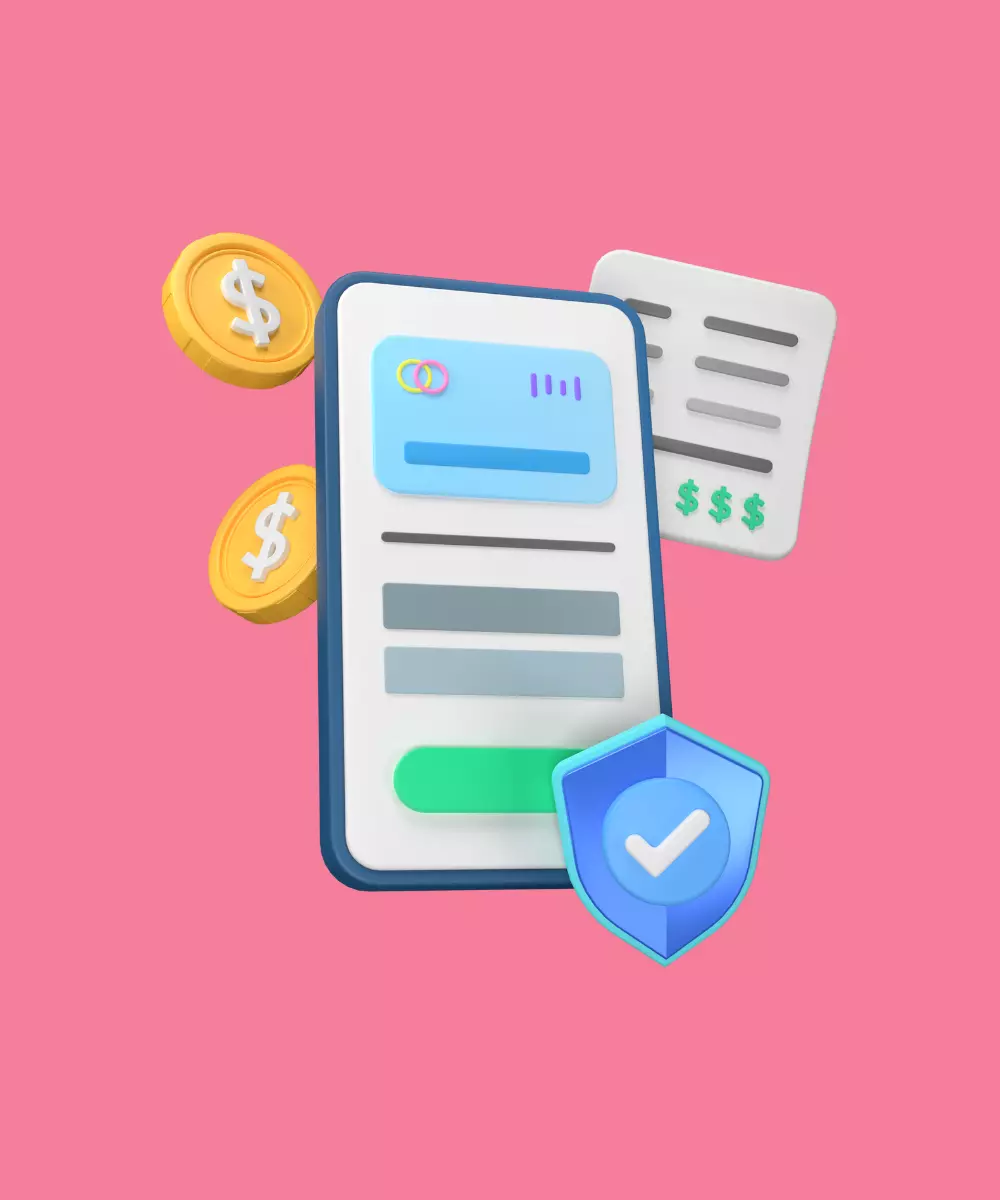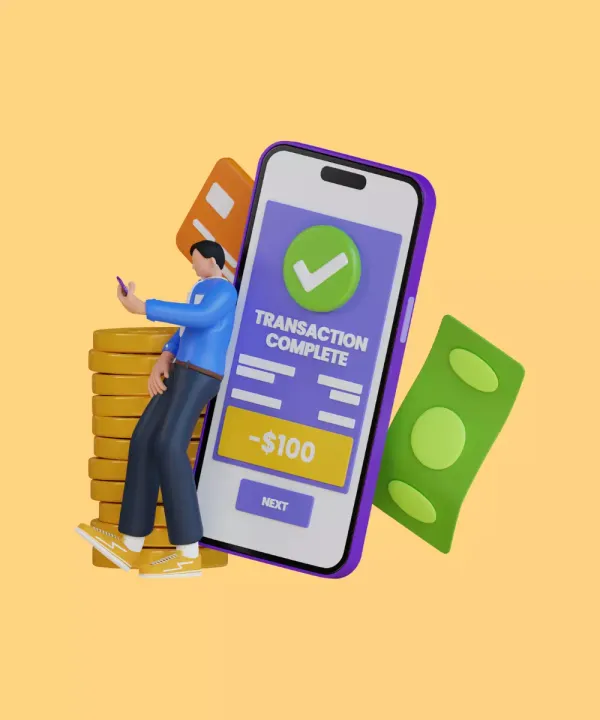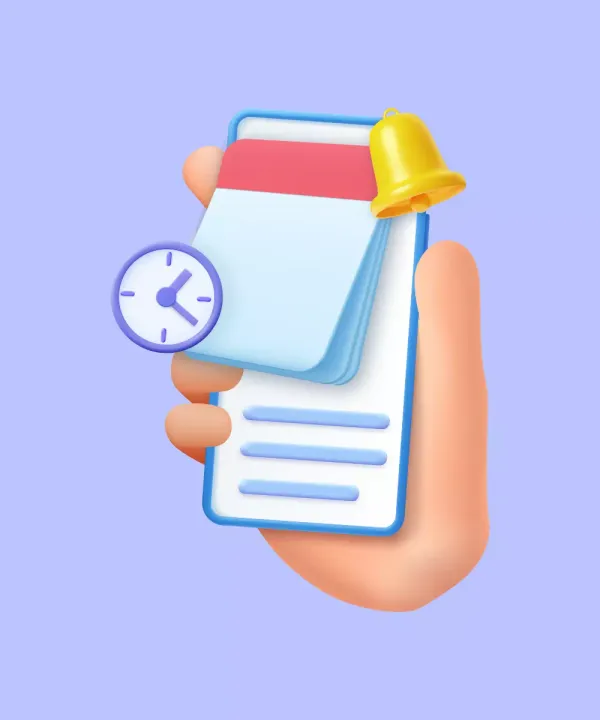Mobile banking has rapidly become an integral part of our daily lives, transforming how we manage our finances, make payments, and interact with our financial institutions. With the increase in smartphone usage and internet accessibility, mobile banking apps are no longer a luxury but a necessity. This article focuses on mobile banking app development, highlighting the unique features that make these applications stand out. We will also explore the innovative technology of Flutter, providing insights into how it's reshaping the mobile banking app landscape.
What is Mobile Banking App Development?
Mobile banking app development refers to the process of designing, creating, and maintaining software applications intended for financial transactions, account management, and other banking services, all through a mobile platform. Over the past decade, this niche of app development has grown exponentially, responding to the demand for convenience and real-time financial management. With just a tap or swipe, users can now access an array of banking features, making traditional banking methods seem archaic.
Distinctive features of mobile banking apps
- User-friendly interface: A mobile banking app's success often hinges on its ease of use. An intuitive design ensures that users, irrespective of their tech-savviness, can navigate the app, execute transactions, and manage their accounts without a steep learning curve.
- High-security protocols: Given the sensitive nature of financial data, banking apps employ advanced security measures. Features like end-to-end encryption, secure sockets layer (SSL) protocols, and intrusion detection systems are paramount.
- Real-time transaction tracking: For the modern-day user, real-time updates are not a luxury but a necessity. Mobile banking apps enable users to track transactions, check account balances, and receive instant notifications, ensuring they're always in the loop.
- Multi-platform support: In the diverse digital ecosystem, banking apps must cater to various platforms, primarily Android and iOS. The capability to function seamlessly across platforms ensures wider accessibility and reach.
- Offline functionalities: While we're ever-connected, there are scenarios where users might be offline. Essential features like viewing account balance or transaction history should be accessible without an active internet connection.
- Personalized user experience: Banking is a personal affair, and so should be the experience. Through data analytics, AI, and user behavior tracking, mobile banking apps now offer tailored suggestions, insights, and even promotional offers.
Tips for Building a Robust Mobile Banking App
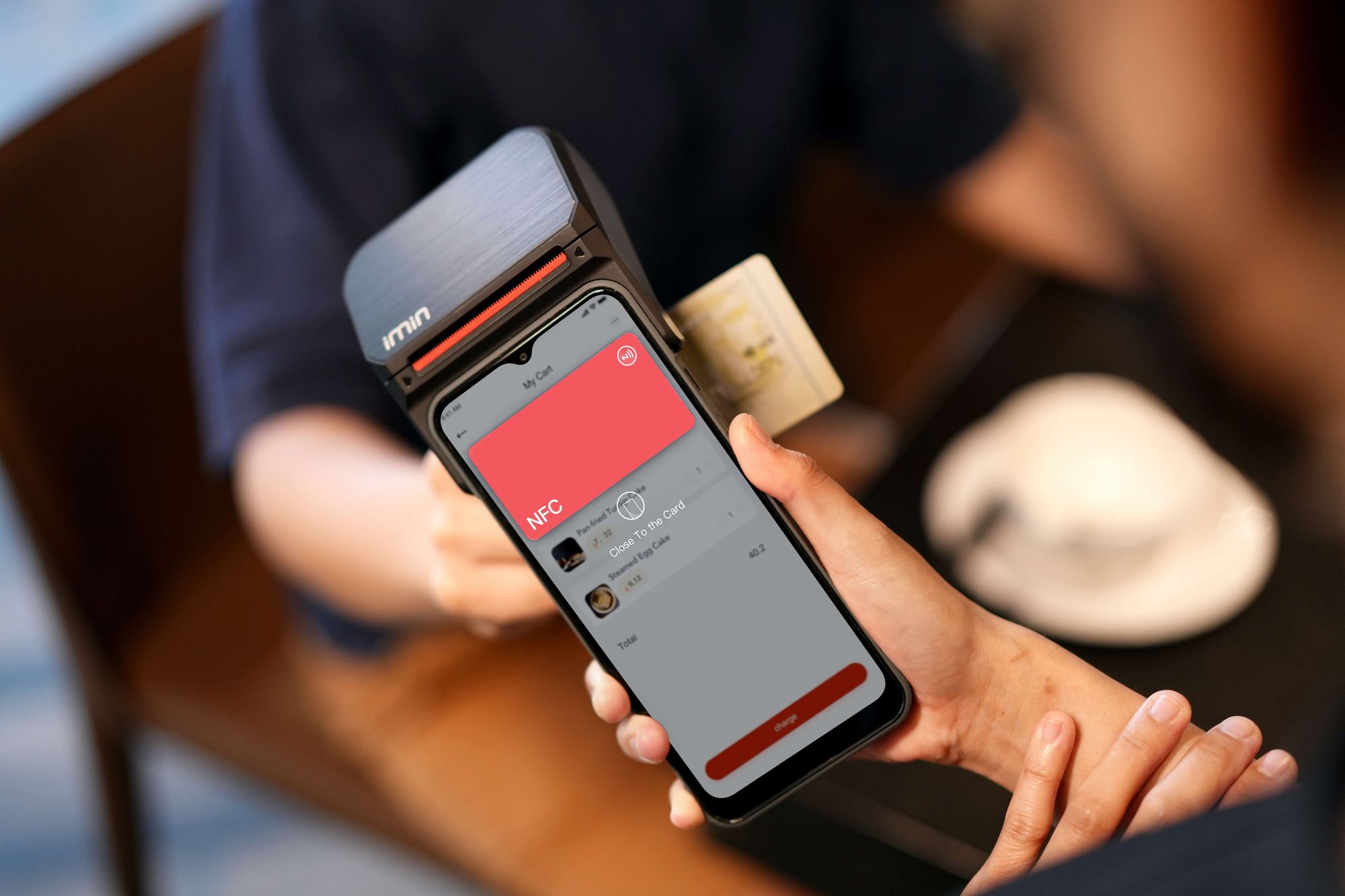
Prioritize security
Given the sensitive nature of banking details, ensuring airtight security is paramount. Employ multifactor authentication, biometric scans, and strong encryption protocols. Regularly update these measures to counter emerging threats.
Ensure compliance
Mobile banking apps need to adhere to regional and global financial regulations. It's essential to remain updated with compliance guidelines, ensuring your app meets all legal and regulatory standards.
Optimize for speed
Users expect rapid responses when dealing with financial transactions. Invest in high-performance servers, optimize the app's code, and ensure that all operations, from balance inquiries to fund transfers, are executed swiftly.
Engage with continuous feedback
The end-users provide invaluable insights. Implement mechanisms for users to give feedback, and maintain an agile development approach to incorporate changes and updates based on this feedback.
Integrate advanced features
To stand out in a crowded market, leverage advanced technologies like AI for personalized banking suggestions, chatbots for 24/7 customer support, and predictive analytics to offer financial insights to users.
Mobile Banking App Development with Flutter
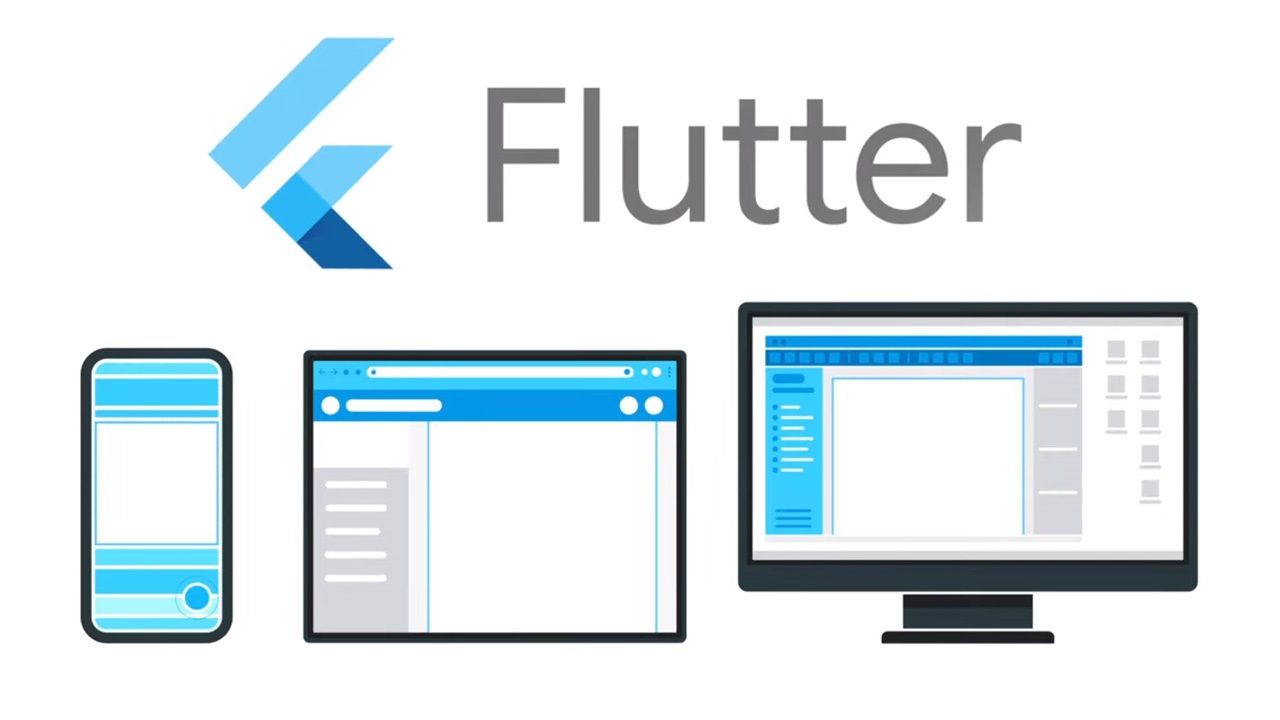
Flutter, a UI software development toolkit by Google, is quickly becoming a go-to for mobile app developers. But what makes it suitable for mobile banking apps? The answer lies in its flexibility, speed, and ability to deliver an exceptional user experience.
Advantages of using Flutter for mobile banking apps
- Rapid development:
Flutter offers hot reload, which means developers can instantly view the result of the latest changes. This drastically reduces the time taken from ideation to app launch. - Unified codebase:
Flutter eliminates the need to write separate code for different platforms. One code caters to both Android and iOS, ensuring consistency and reducing development efforts. - Rich UI components:
Flutter comes packed with a plethora of pre-designed widgets. These can be customized to align with the branding and aesthetics of the banking institution, delivering an appealing and intuitive user interface. - Performance:
Flutter's architecture is designed to facilitate high-speed rendering and performance. Users experience smoother animations and faster load times, enhancing the overall user experience.
Successful Banking Apps Built with Flutter
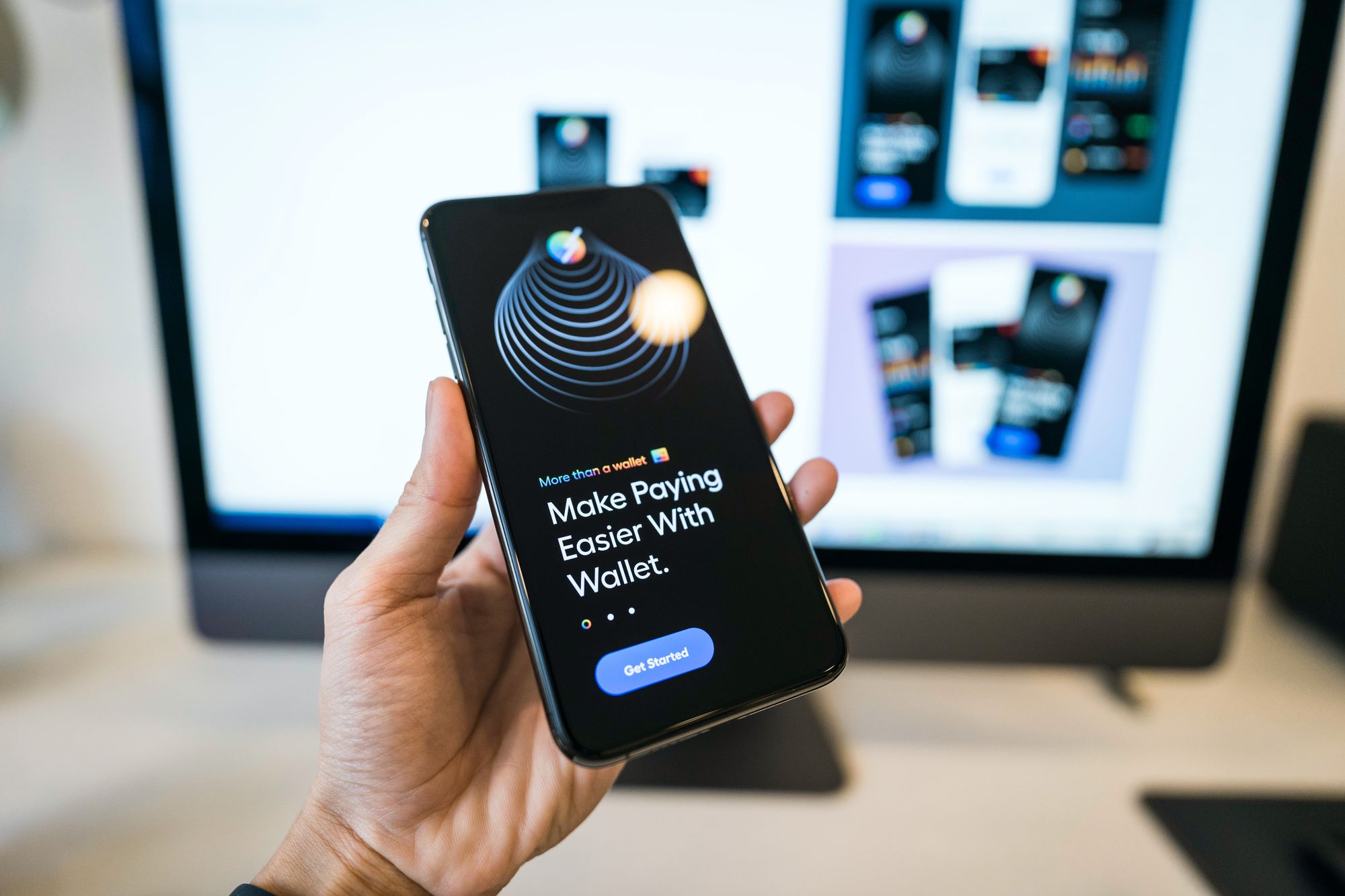
We've examined the reasons behind Flutter's suitability for developing mobile banking apps. Now, let's explore some practical examples of successful mobile banking apps developed using Flutter.
- NiyoX (App Store | Google Play): NiyoX simplifies banking with its intuitive app, offering swift, 100% paperless digital account opening and user-friendly operations, putting you in full control of your finances. It demonstrates Flutter's capability in delivering clean, intuitive, and seamless financial experiences.
- Travel Union (App Store | Google Play): TU offers a user-friendly mobile banking app featuring an IBAN account suitable for you and your family members aged 7 and above. It's built with Flutter, showcasing the ability of this framework to handle extensive banking services securely and effectively.
- Kite by Zerodha (App Store | Google Play): Kite is a powerful trading app. Clean & intuitive UI, super fast and super light back-end for all your investment and trading needs. It's a testament to Flutter's capability in managing real-time financial data and transactions.
Conclusion
Mobile banking app development has evolved into a sophisticated and nuanced field, combining elements of user experience, security, functionality, and technological innovation. With the increasing popularity of banking-on-the-go, the demand for robust, secure, and efficient mobile banking apps has never been higher. The emergence of platforms like Flutter has added a new dimension, allowing developers to craft top-notch applications with reduced time, cost, and complexity.
At What the Flutter, we specialize in harnessing the power of Flutter to develop cross-platform applications that not only meet but exceed expectations. Our proven track record in crafting personalized, secure, and user-centric mobile banking applications is a testament to our commitment to excellence. Whether you're a budding financial institution or an established bank looking to upgrade your mobile presence, we're equipped to translate your vision into a seamless digital experience. Reach out to us today, and let's embark on a journey to redefine mobile banking together!


